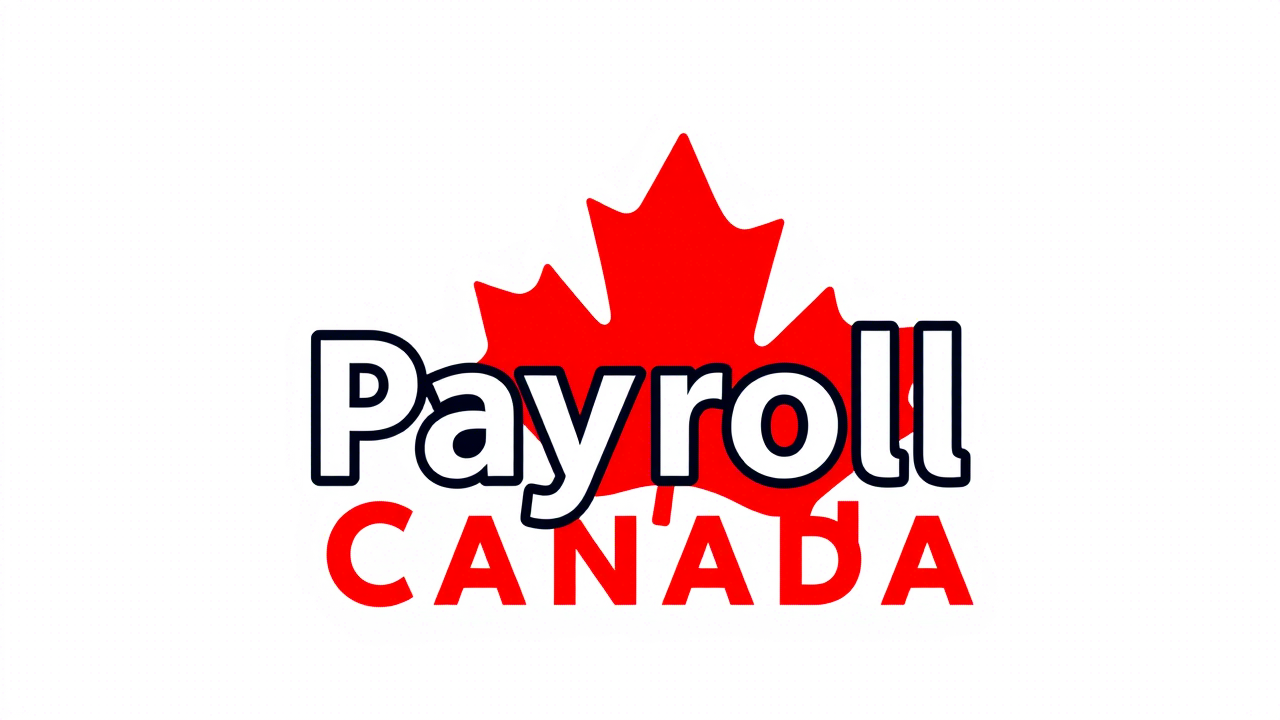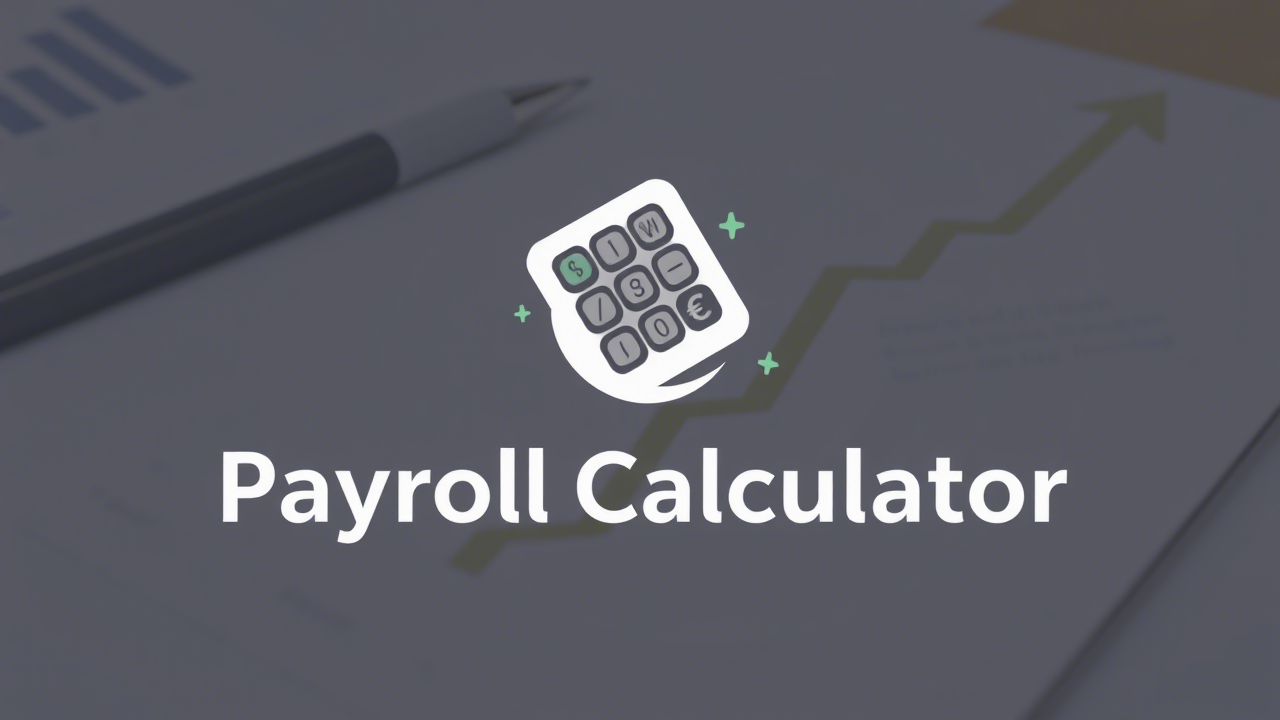Setting up payroll for the first time can feel overwhelming, especially for small business owners who are juggling multiple responsibilities. However, getting payroll right is essential for compliance, employee satisfaction, and smooth operations. In Canada, payroll involves more than just paying employees—it includes deductions for taxes, Canada Pension Plan (CPP) contributions, and Employment Insurance (EI) premiums, as well as remitting these amounts to the Canada Revenue Agency (CRA). In this guide, we’ll walk you through the steps to set up payroll for your Canadian small business and highlight tools like payroll software that can simplify the process.
Step 1: Register Your Business with the CRA
Before you can start paying employees, you need to register your business with the CRA to obtain a Business Number (BN) and a payroll program account. This account is required for remitting payroll deductions and filing reports.
How to Register:
- Visit the CRA’s Business Registration Online portal or complete Form RC1, “Request for a Business Number.”
- Provide details about your business, such as its legal name, address, and type of activities.
- Once registered, you’ll receive your BN and payroll account number, which you’ll use for all payroll-related filings.
If you’re unsure about the registration process, consult a payroll expert or accountant for guidance.
Step 2: Gather Employee Information
Accurate payroll starts with collecting the right information from your employees. Before processing their first paycheck, ensure you have the following:
- Social Insurance Number (SIN): Required for tax purposes.
- TD1 Forms: These forms determine the amount of tax to withhold based on an employee’s exemptions and deductions. Employees must complete both federal and provincial TD1 forms.
- Banking Details (if using direct deposit): For seamless payments.
- Work Eligibility Documents: Verify that employees are legally authorized to work in Canada.
Keep this information secure and organized, as it will be used throughout the payroll process.
Step 3: Choose a Payroll System
Selecting the right payroll system is crucial for accuracy and efficiency. You have three main options:
1. Manual Payroll Processing
This involves calculating deductions and preparing paychecks by hand. While it’s the most affordable option, it’s also time-consuming and prone to errors, making it unsuitable for businesses with more than a few employees.
2. Payroll Software
Payroll software automates calculations, ensures compliance, and saves time. Platforms like VTAC Payroll Management offer features such as:
- Automated tax calculations for CPP, EI, and income tax.
- Direct deposit capabilities.
- Employee self-service portals for accessing pay stubs and tax forms.
3. Outsourced Payroll Services
If you lack the time or expertise to manage payroll internally, outsourcing to a professional payroll provider can be a great option. These services handle everything from tax filings to CRA remittances, allowing you to focus on running your business.
For most small businesses, payroll software strikes the perfect balance between affordability and functionality.
Step 4: Understand Deductions and Remittances
As an employer, you’re responsible for deducting the following amounts from each employee’s paycheck and remitting them to the CRA:
1. Income Tax
Federal and provincial income taxes are calculated based on the employee’s taxable earnings and the information provided on their TD1 forms.
2. Canada Pension Plan (CPP) Contributions
Both employers and employees contribute 5.95% of pensionable earnings (up to the annual maximum).
3. Employment Insurance (EI) Premiums
Employees contribute 1.58% of insurable earnings, while employers contribute 1.4 times the employee’s rate (2.21%).
Remittance Deadlines
The CRA classifies businesses as either regular or accelerated remitters based on their average monthly withholding amounts:
- Regular Remitters: Payments are due by the 15th of the following month.
- Accelerated Remitters: Payments are due weekly or biweekly, depending on the volume of deductions.
Missing deadlines can result in penalties, so it’s important to stay organized. Tools like VTAC Payroll Management can automate remittances to ensure timely submissions.
Step 5: Set Up a Pay Schedule
Decide how often you’ll pay your employees—common options include weekly, biweekly, semi-monthly, or monthly. Biweekly pay schedules are the most popular in Canada because they strike a balance between frequency and administrative ease.
Once you’ve chosen a schedule, communicate it clearly to your employees and stick to it consistently.
Step 6: File Year-End Reports
At the end of the calendar year, you’re required to issue T4 slips to employees summarizing their annual income and deductions. You must also file these slips electronically with the CRA by February 28th of the following year.
Failing to file T4 slips on time can result in penalties of $100 per slip, up to a maximum of $7,500. Using payroll software ensures accurate T4 generation and filing.
Step 7: Stay Compliant with Provincial Laws
In addition to federal requirements, you must comply with provincial labor laws, such as minimum wage rates, overtime rules, and vacation pay entitlements. These regulations vary by province, so familiarize yourself with the rules in your region.
For example:
- Ontario: Minimum wage is $16.55 per hour (as of 2024), and overtime is paid after 44 hours per week.
- British Columbia: Minimum wage is $16.75 per hour, and overtime starts after 8 hours per day or 40 hours per week.
Payroll software like VTAC Payroll Management adjusts calculations automatically to reflect provincial laws, ensuring compliance.
Common Mistakes to Avoid When Setting Up Payroll
To prevent headaches down the road, avoid these common mistakes:
1. Misclassifying Workers
Incorrectly classifying employees as independent contractors can lead to legal and financial consequences. Consult the CRA’s guidelines or seek professional advice if you’re unsure.
2. Failing to Keep Records
The CRA requires businesses to retain payroll records for at least six years. Poor record keeping can complicate audits and lead to penalties.
3. Missing Remittance Deadlines
Late or missed remittances can result in significant penalties. Use automated reminders or payroll tools to stay on track.
Why VTAC Payroll Management Stands Out
For small businesses setting up payroll for the first time, VTAC Payroll Management is an excellent choice. Key features include:
- Automated Calculations: Ensures accurate deductions for taxes, CPP, and EI.
- Compliance Assurance: Automatically updates to reflect changes in CRA and provincial regulations.
- Affordable Pricing: Transparent plans tailored to small businesses.
- User-Friendly Interface: Easy to set up and use, even for beginners.
By leveraging VTAC Payroll Management , you can streamline payroll processes, reduce errors, and focus on growing your business.
Conclusion
Setting up payroll for the first time may seem daunting, but with the right preparation and tools, it doesn’t have to be. By registering with the CRA, gathering employee information, choosing a reliable payroll system, and staying compliant with federal and provincial laws, you can ensure smooth and efficient payroll operations.
Take the stress out of payroll setup today by exploring VTAC Payroll Management —a comprehensive solution designed to meet the needs of Canadian small businesses. Visit their website to learn more and get started.

